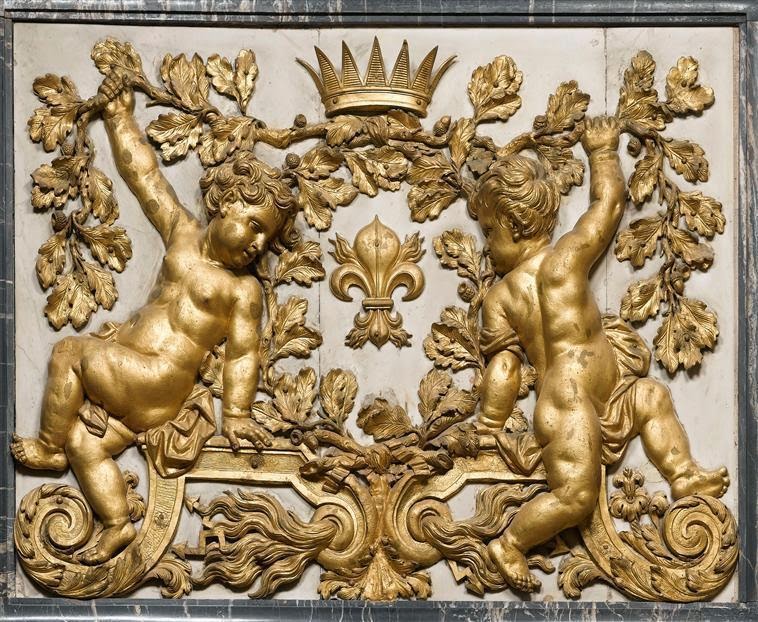The façade of the Galerie Véro-Dodaton circa 1826 on the Rue Bouloi is decorated with two statues in niches representing Hermes with his winged helmet and a Caduceus hand, god of merchants, and Hercules dressed in the skin of Nemean lion.
This morning I walked by my favorite covered passage in Paris, France. The Galerie Véro-Dodat. Located in the 1st arrondissement, connecting the Rue de Jean-Jacques Rousseau and Rue de Croix-des-Petits-Champs. It was built in 1826.
Véro-Dodat was one of the first of Paris's passageways to get gas lighting in 1830, and one of the last to fall into decline. Its decline began during the Second Empire with the demise of the Messageries Laffitte et Gaillard. It was listed as a French historical landmark on June 9, 1965, and was restored in 1997 to its former nineteenth-century, neo-classical glory, complete with its elegant shops specializing in antiques, objets d’art, art books and fashion accessories.
The Galerie is neoclassical in style, with marble columns, gold trim, frescoes, and a black and white tiled floor. The passage is arranged to give an illusion of depth, the diagonal grid of black and white tiles, the low height of the ceiling decorated with paintings of landscapes where it is not glass, for shops on the alignment of a strict horizontal plane. The entries in the gallery are ionic arcades closed by gates. Entries are crowned with a balcony. The façade of the gallery on the Rue Bouloi is decorated with two statues in niches representing Hermes with his winged helmet and a Caduceus hand, god of merchants, and Hercules dressed in the skin of Nemean lion.
Galerie Véro-Dodat is filled with mostly high-caliber, designer boutiques and antique shops. Among them are two Christian Louboutin stores, the women's Paris flagship boutique, and the world's first CL Men's store, Boutique Homme.




















No comments:
Post a Comment